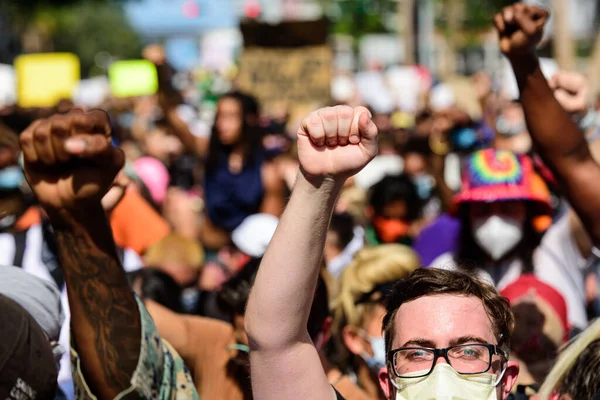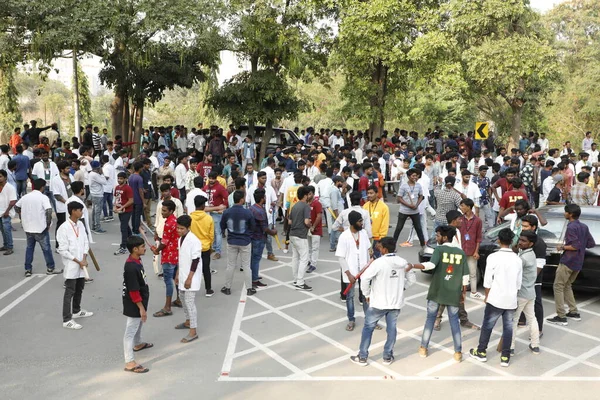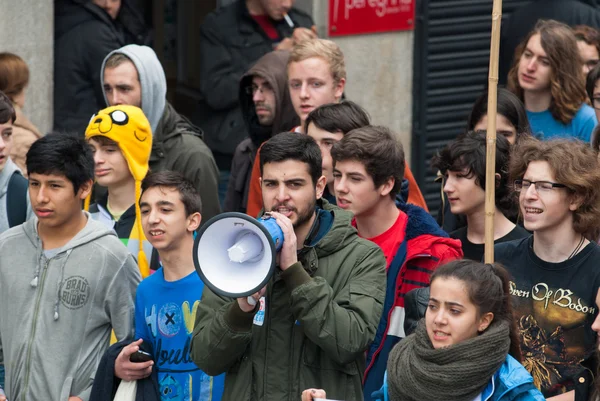
For generations, Nepal’s university campuses have been as much party lines as lecture lines. Now, a generation of young people who grew up with the freedom of the internet and the world at their fingertips is challenging that. “Most of us felt bottled up inside the party because of our political ideologies the leadership never acknowledged the power of our voices,” Nepal Student Union’s Padma Bhusal said. That feeling has become the pulse of a movement ruffling the roots of student politics.

1. The Deep Roots of Partisan Campus Culture
Nepal’s universities have had deep connections to national politics for a long time. Student wings of mainstream parties Nepali Congress, CPN-UML, and Maoist Centre swept Free Student Union elections year in, year out, making campuses party cadres’ training grounds. Even canteens were areas of loyalty, with students sitting only where political classmates ate. This culture provided job opportunities, scholarships, and protection, but at the expense of academic impartiality. As politicized appointments kept influencing hiring in faculties, the quality of education deteriorated.

2. From Democracy Heroes to Party Foot Soldiers
Traditionally, Nepalese student activism was a force for change driving the 1990 democracy movement and the 2006 end of the monarchy. But, progressively, the glorious legacy lost its substance. Party functionaries appointed student representatives, who proceeded to represent partisan rather than student interests. Strikes halted classes, vandalism became the norm, and academic achievement based on merit gave way to political allegiance.

3. The Gen Z Breakaway
September 2025 was the breakthrough. Sparked by an across-the-board social media ban, youth-led demonstrations broke out across the country, calling for transparency, accountability, and a halt to corruption. The ban was revoked, but the genie would not go back in the bottle. Student unions started boycotting party flags, proclaiming independence. In the Institute of Forestry, Pokhara Campus, and the College of Natural Resource Management at Puranchaur, students tore down party signboards and banned partisan work. Ayush Pokhrel of ANNFSU Purunchaur disbanded his campus committee in support of the protests, denouncing the government’s “inhumane suppression.”

4. Cracks In the Party Wing
The demonstrations did not only challenge the status quo they revealed cracks within party-connected unions. Resignations were their follow-up, with party bosses such as Siddhanta Bhatta of ANNFSU-Revolutionary (UML) declaring, “What people demand is simple: good governance, reduced corruption, and an end to ministers’ extravagant lifestyles.” Even the remaining party bosses conceded imperfections, citing the absence of organizational structure that left the movement open to manipulation.

5. Lessons from Global Non-Partisan Movements
Across the globe, student activism without party affiliation has been successful in taking back academic spaces. In India’s IITs, elections revolve around welfare councils and culture committees and are carried out completely online to keep academics from being disrupted. This works best through leadership without political involvement a stark difference from Nepal’s politicized campus polls. These examples indicate that student leadership can work without party patronage, keeping skills and service in mind rather than slogans.

6. The Psychological Resilience Factor
Working through politically charged university campuses requires emotional resilience. Experts point to the strategies of emphasizing common academic interests, cross-group friend connections, and mindful detachment from partisanship conflicts. These strategies enable students to sustain their mental health while pushing for change. Resilience today is not only individual its political, allowing for sustained action without exhaustion.

7. Structural Detox for Academia
Reformers contend that disbanding party-aligned student organizations is critical. If this action is not taken, even the best vice-chancellors will be unable to elevate academic levels. Merit-based hiring, free-standing university boards, and a single national service commission may simplify recruitment and help rebuild confidence. As Krishna Bista says, politicisation is a “direct threat” to democracy and academic integrity.

8. Why This Moment Matters
Nepal’s Gen Z is taking back the authentic essence of student activism freedom, integrity, and service without the burdens of party dominance. Not waving flags is more than metaphorical it’s a model for a different type of politics, one that emphasizes education over politics. If continued, this transformation has the potential to reshape not just classrooms but the civic life of the country, breaking the pattern where colleges and universities become incubators of partisan agendas.

It is a high-stakes situation. Political parties are already moving to reclaim their hold, and the ancient networks are deep. But this generation’s passion driven by online solidarity, worldwide awareness, and an appetite for merit-driven advancement presents a unique opportunity to remake the role of youth in Nepal’s democracy.


